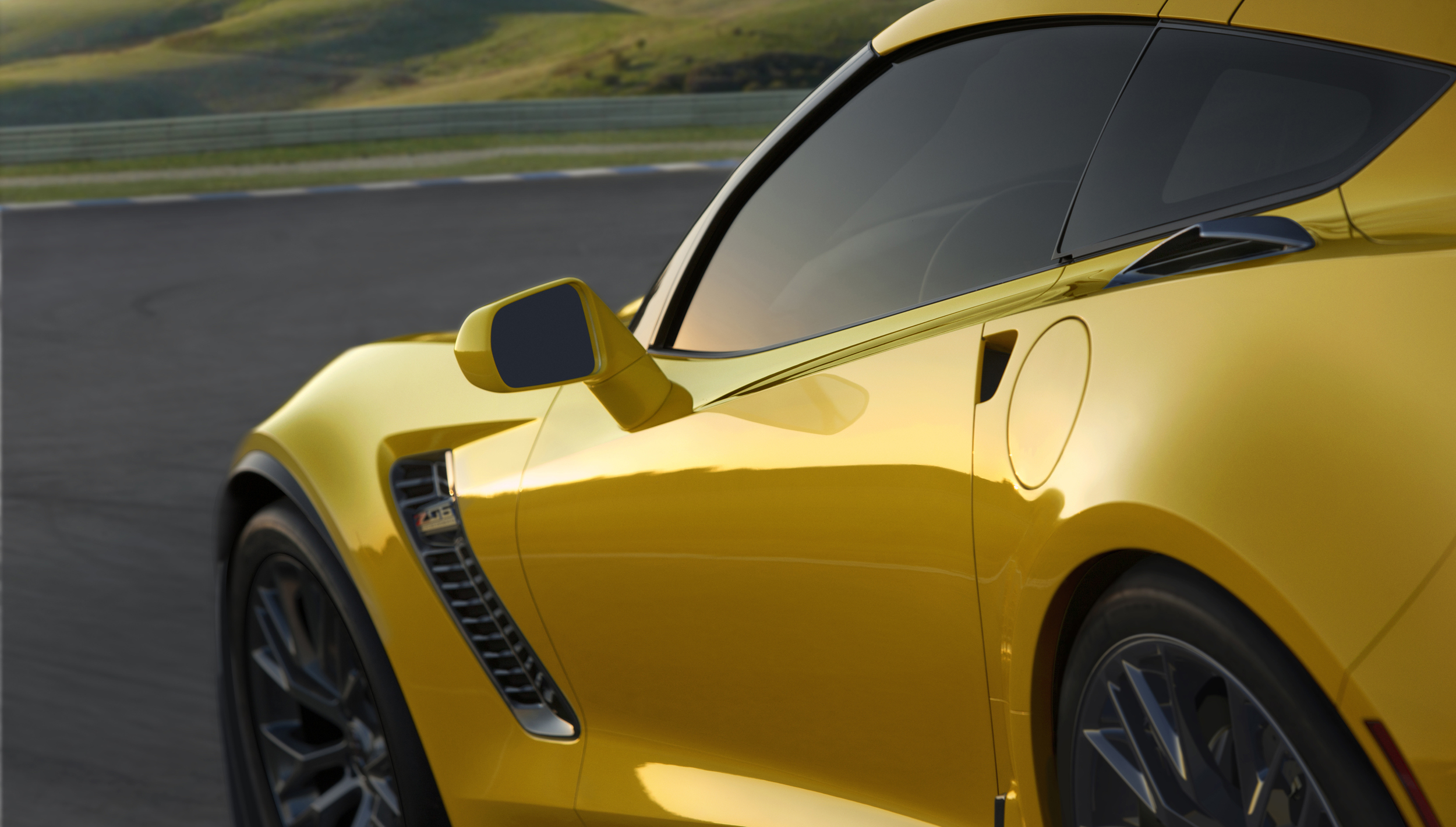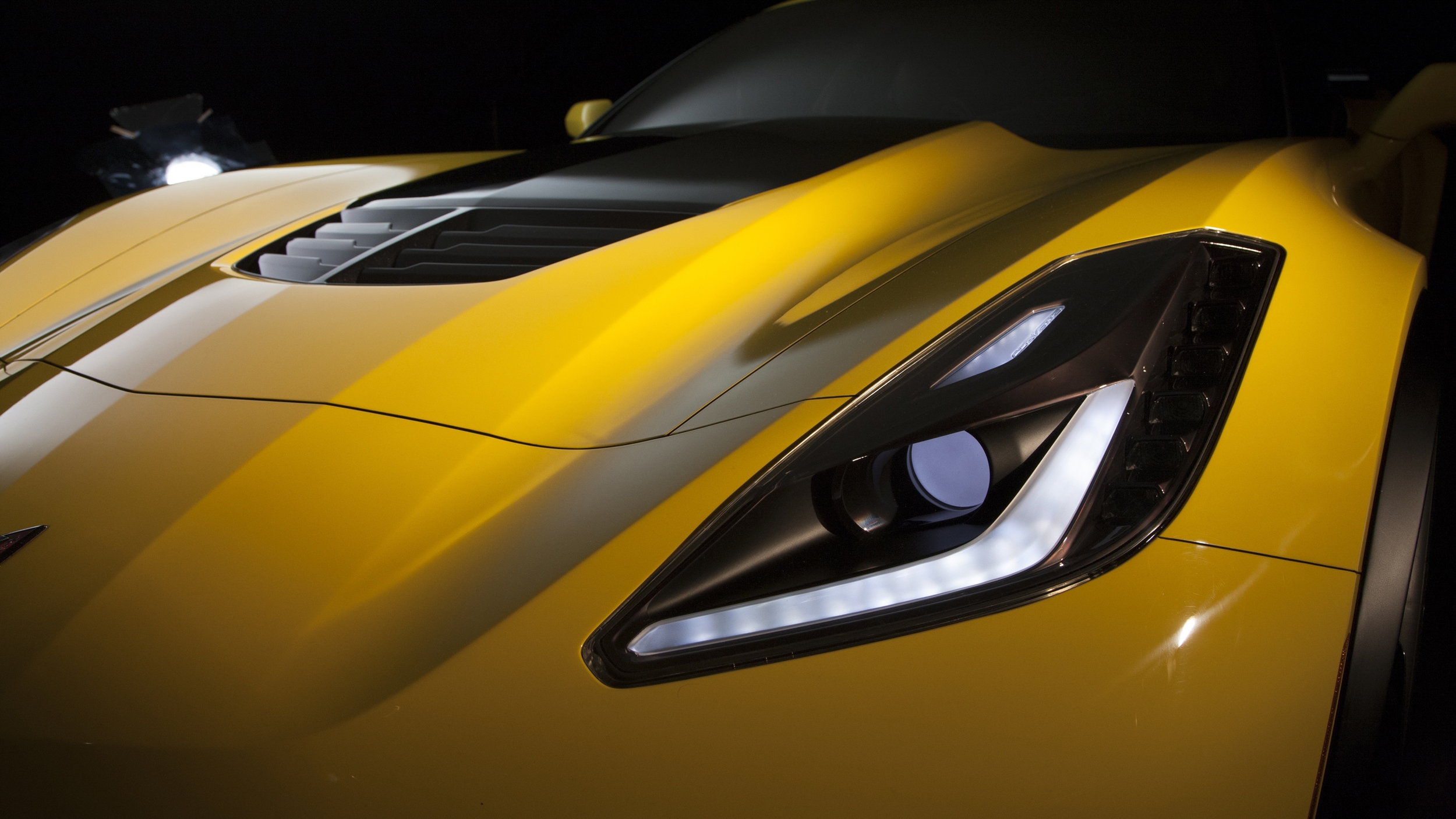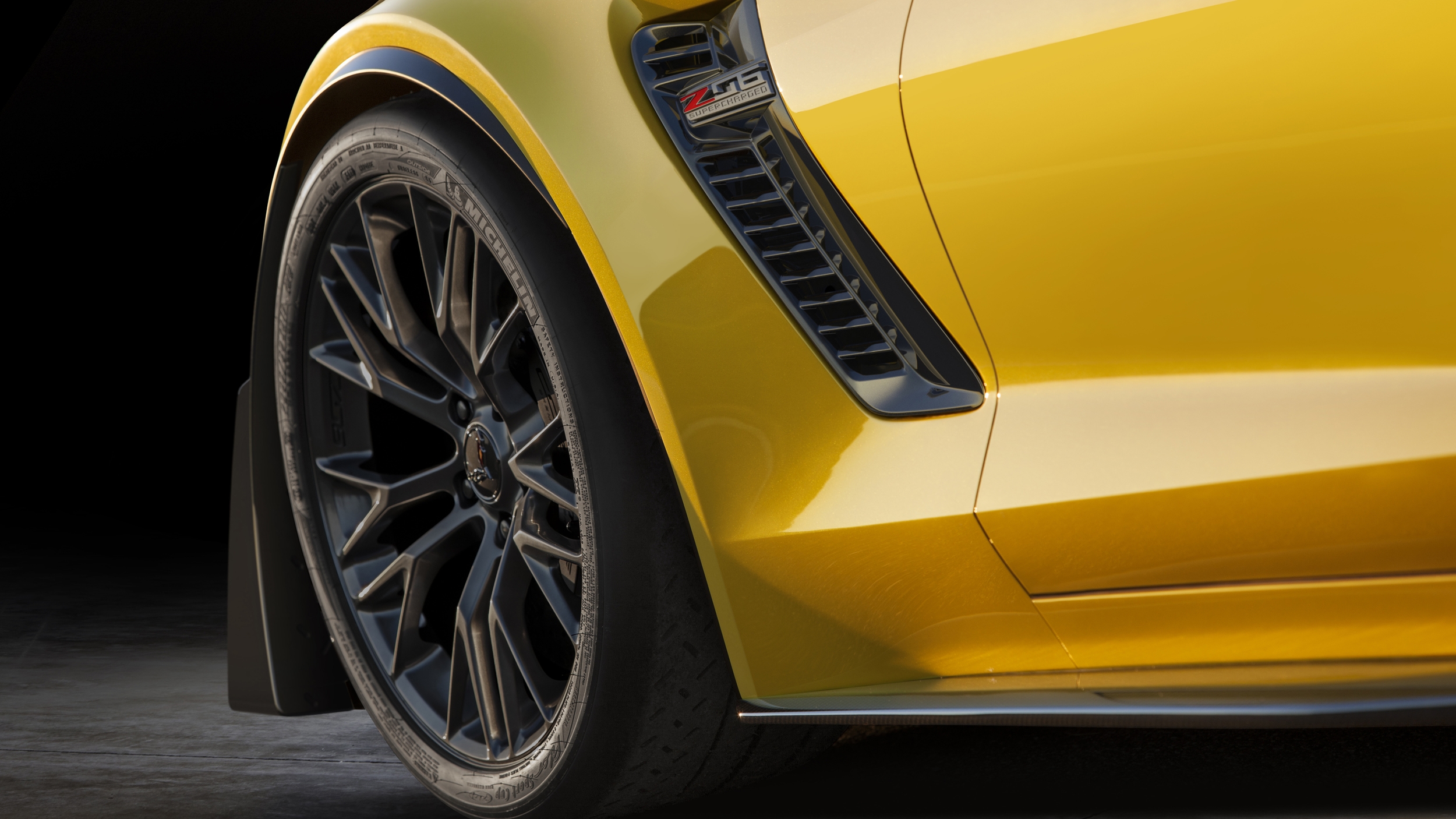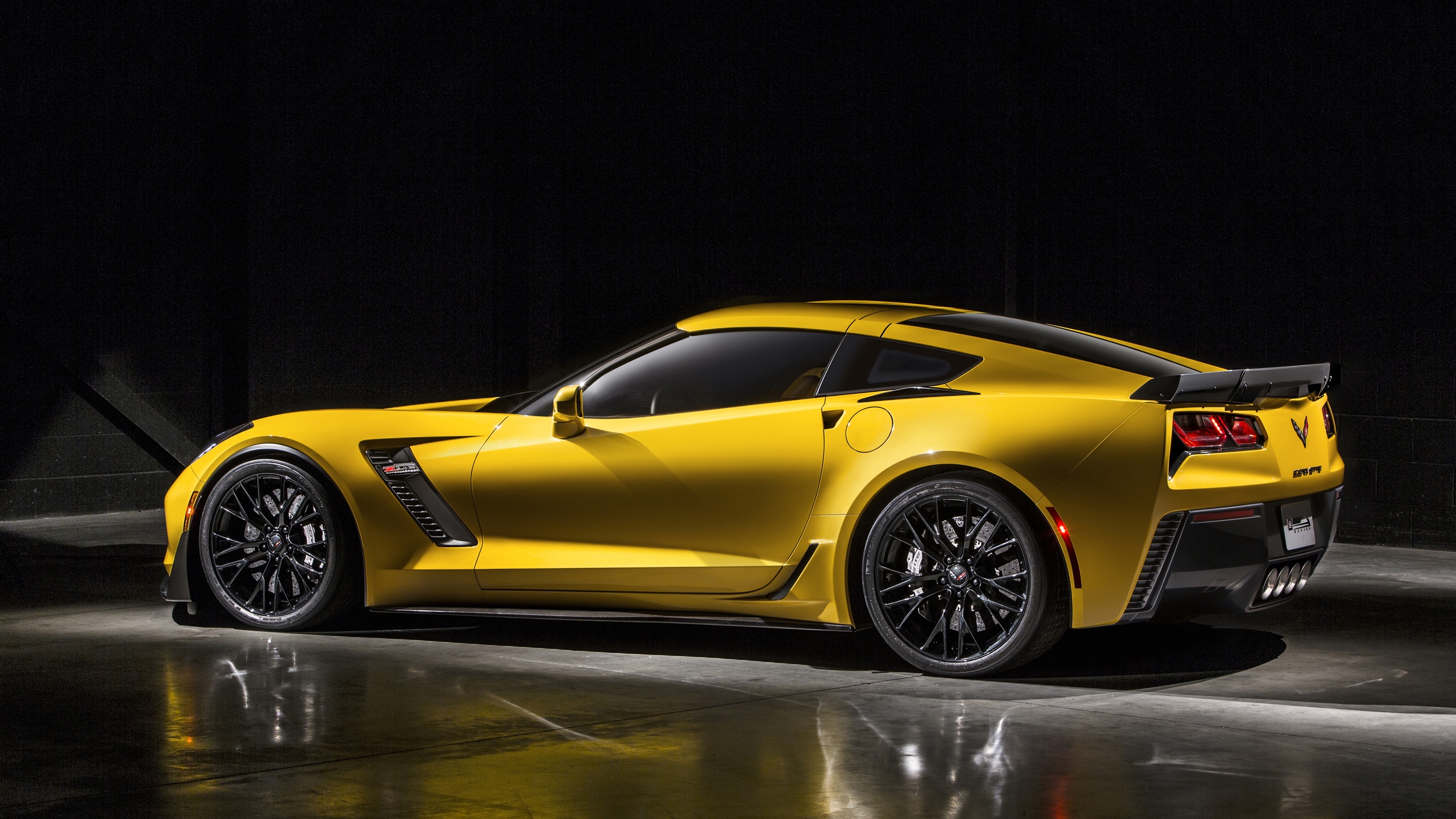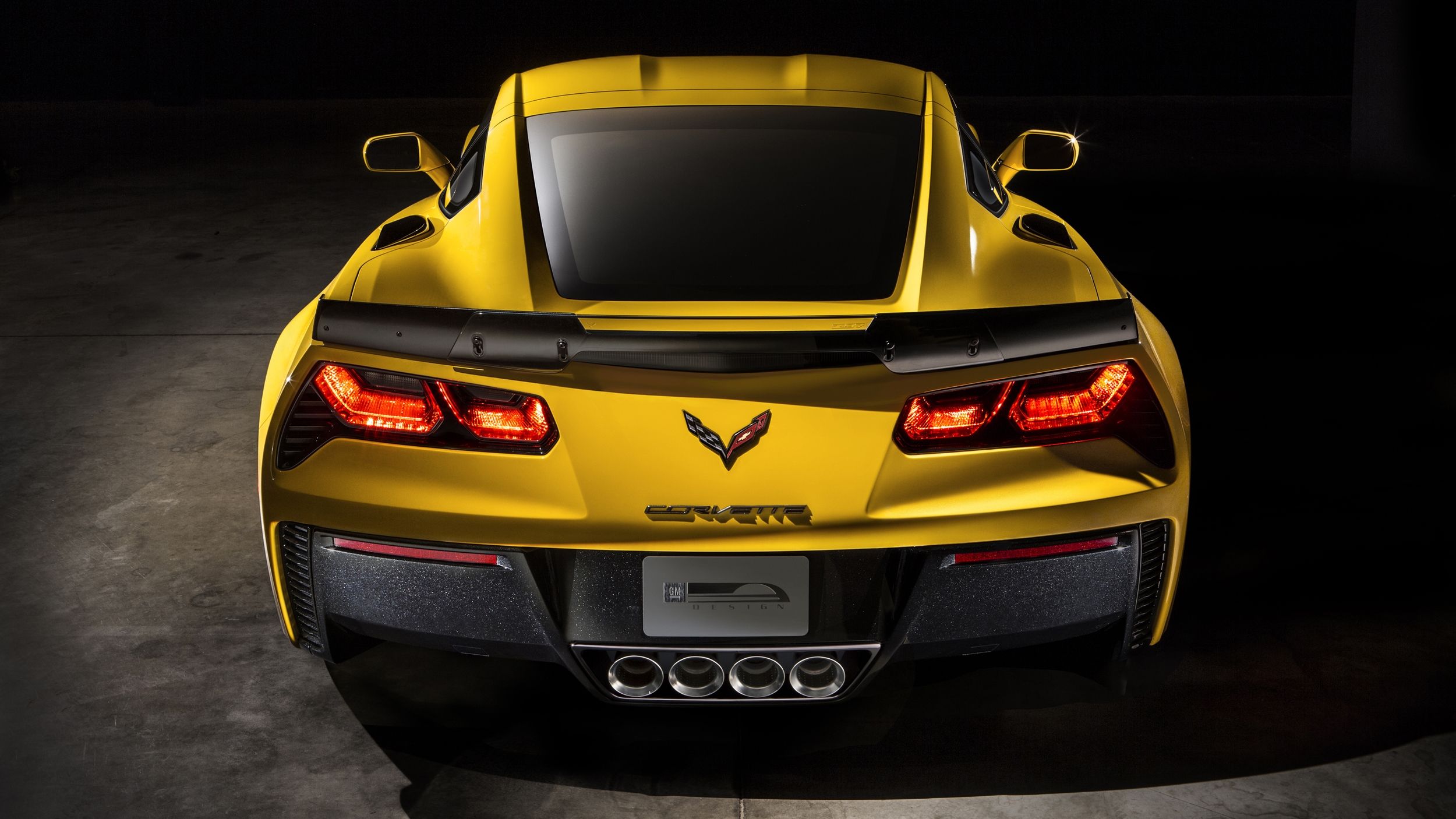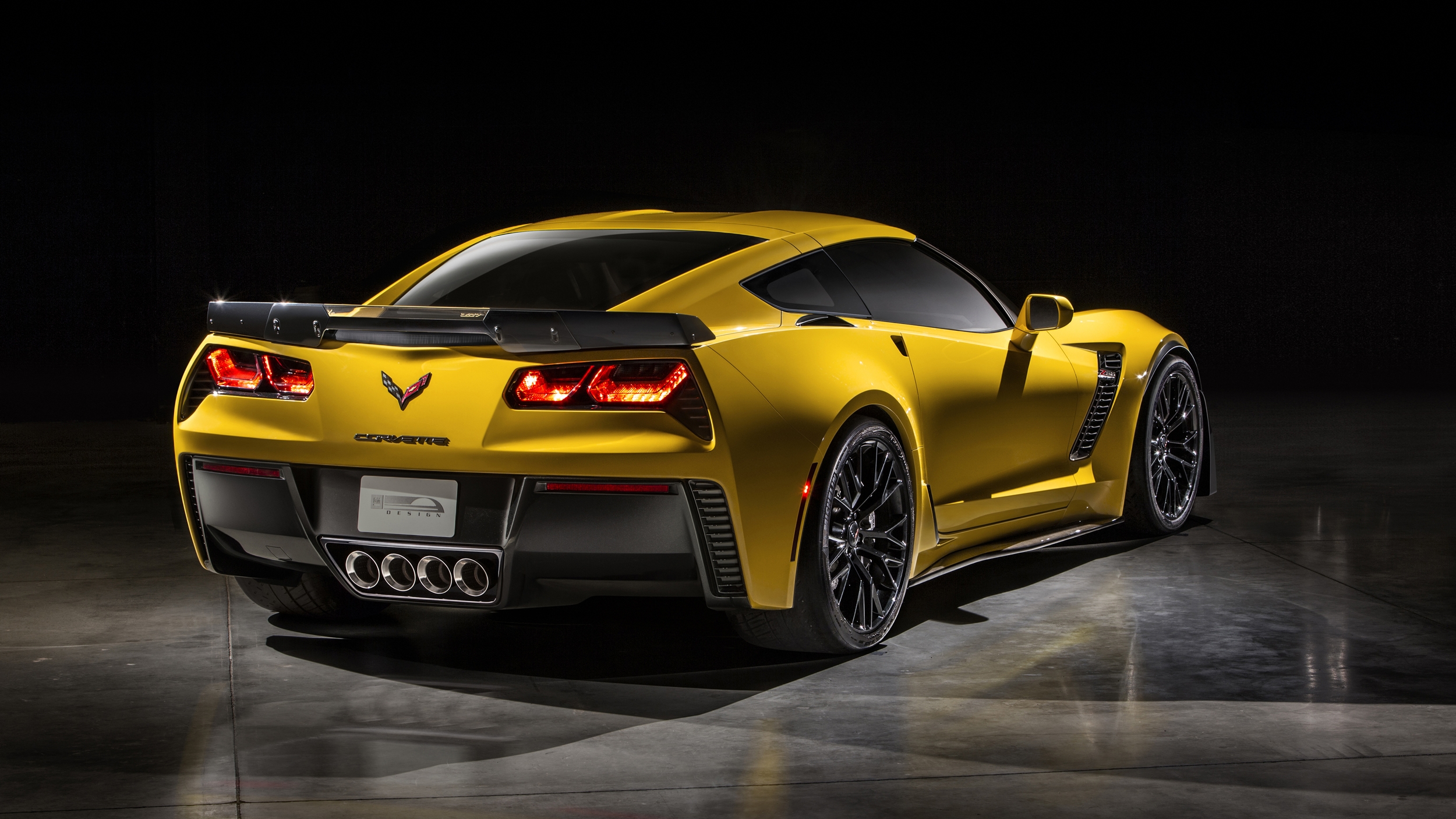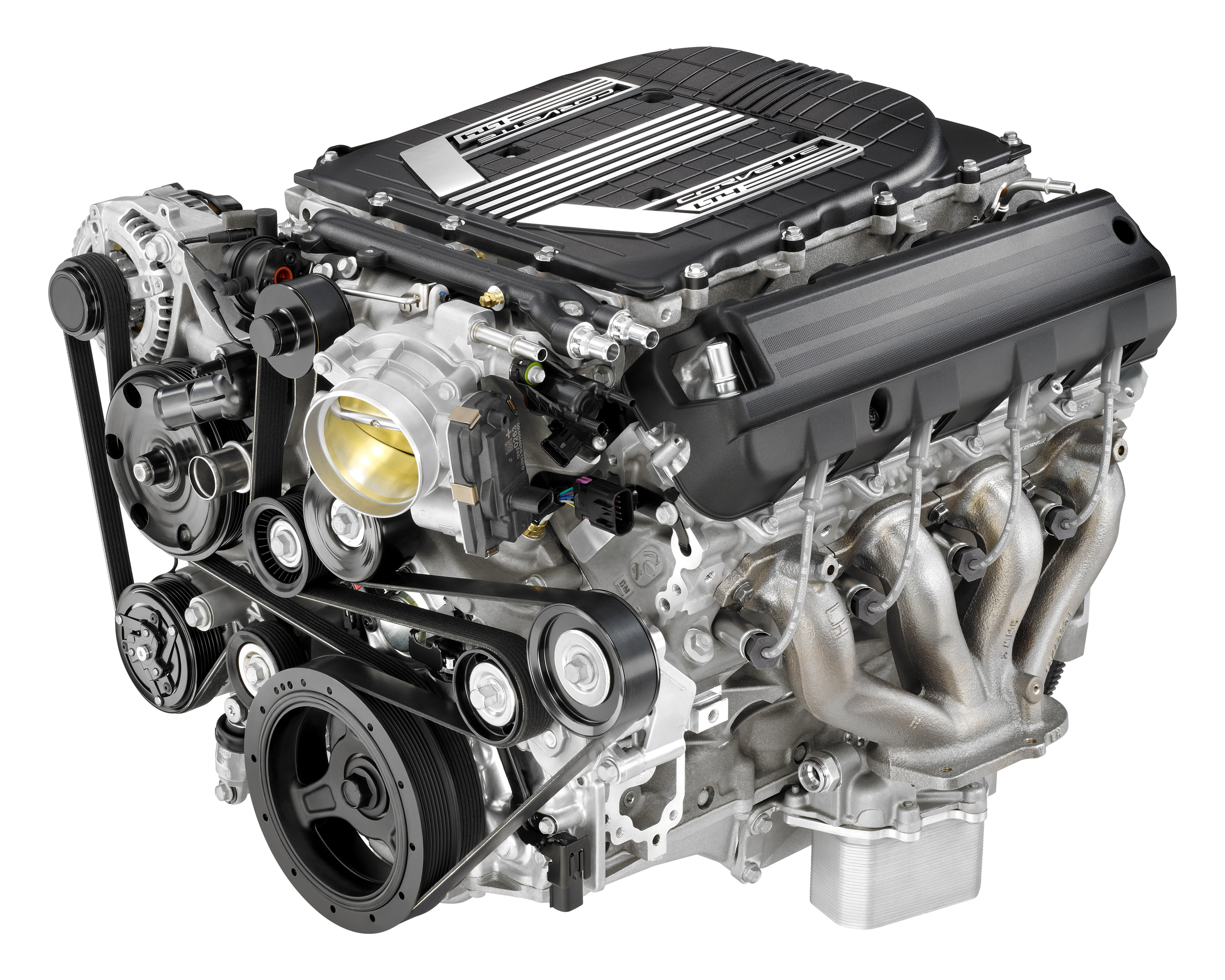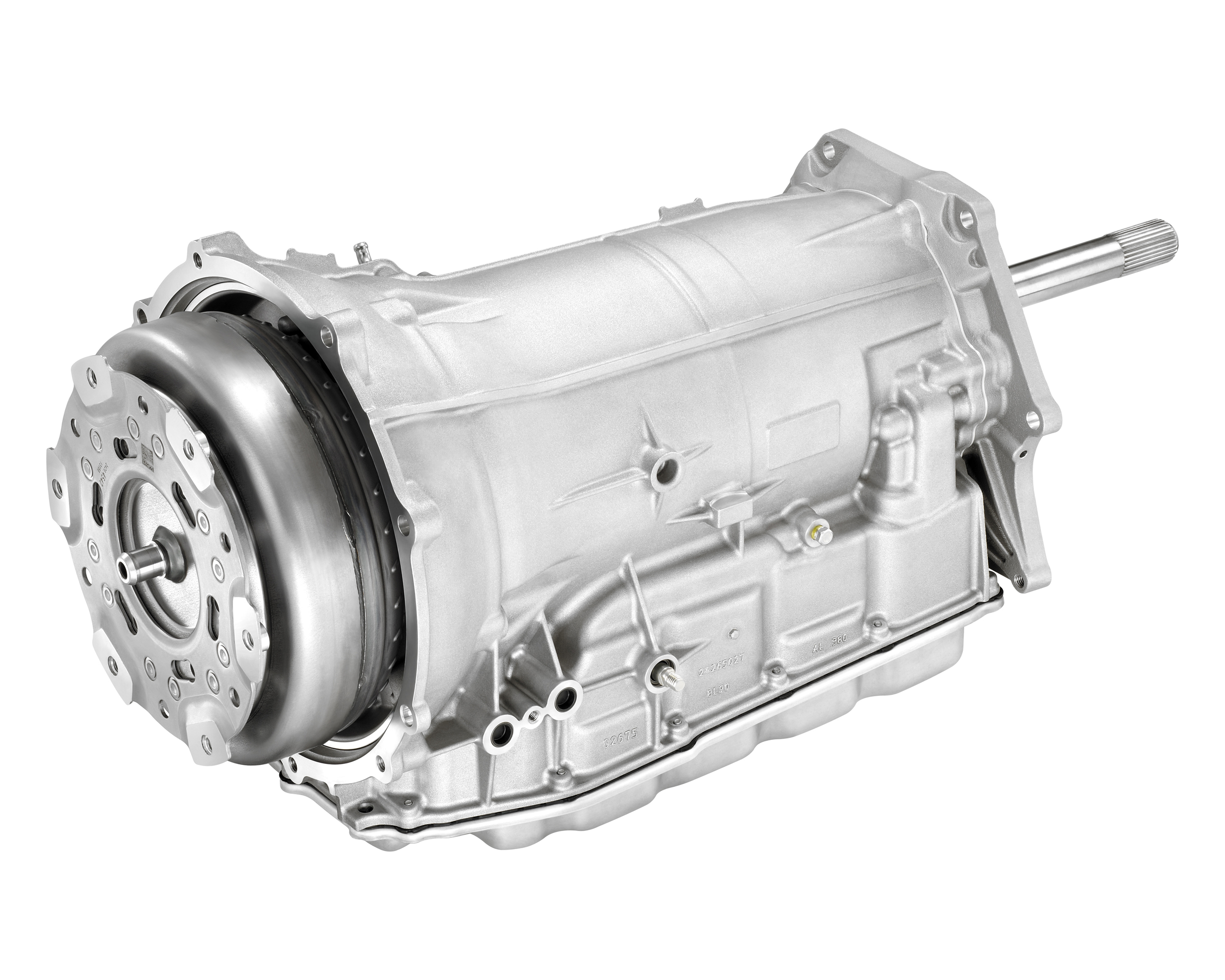It’s almost a moot point to mention the Chevrolet Corvette has been a staple in the pages of sportscar history since its inauguration in 1953. The two-seat, front engine C1 quickly was an instant classic, the shell was entirely fiberglass — a first for a mass-production car — allowing for greater freedom in design and a lightweight advantage over the competition.
A decade later, the C2 set the benchmark for Corvettes to come: an aggressive design with sportscar characteristics and three engine configurations, including the 327 small block and the legendary L88 — the closest thing to a pure race engine Chevy had ever offered with a staggering 12.5:1 compression ratio. Named after the Sting Ray race car, which set the design trend for the new car (yes, it was two words originally), this newest Corvette was a purpose-built sportscar with optimized handling, a lower centre of gravity and performance that rivalled bespoke racers.
Fast forward five generations and nearly 50 years later (47 to be exact), and the Corvette still carries with it that same DNA. The 2014 Stingray is the latest in a long history, and arguably the most talked about car since its unveiling at the North American Auto Show in Detroit last year. It has been heralded for its design, performance and mass-market appeal, and returned to the Motor City to claim the 2014 North American Car of the Year at this year’s show in January.
The vault from the previous generation C6 to the C7 Stingray is a stark one. Not only did its design signify a new era of Corvette, but a lighter aluminum frame, all-new LT1 engine with 11.5:1 compression, seven-speed paddle-shift automatic transmission with rev matching and an electronic limited slip differential (eLSD) are a few things that fundamentally set it apart from ’Vettes past.
So, how does a company build on such a success when tasked to develop an even more performance-oriented version of its most heralded namesake? Cue the C7 Z06.
Now, the Stingray is a stunning car; up close its pedigree is hard to ignore. Intakes and outlets in all the right places, quad exhausts hinting at the power within, and styling that rivals the world’s best. But the Z06 takes it so far beyond the C7 that just getting passed the exterior design is a mind warp.
In just its fourth iteration, the Z06 is easily the hardest and most techno-packaged Corvette — or car, for that matter — the company has ever made. Stylistically, it resembles the very fighter jets it is inspired by. Lead Z06 Designer Jose Gonzalez is responsible for taking Kirk Bennion’s muscular template of the C7 and pushing it far into the next level.
Gonzalez’s design made it through a scrutineering process that beat out six other Z06 concepts, all of which were created simultaneously alongside the Stingray. His initial renderings paid homage to Corvettes of the past (the original Sting Ray being one of them) and fighter jets provide the overall direction — clear in the aggressive cut-styling and aerodynamic additions. But the key factor in determining the final shape of the design? Wind.
“Inspiration, to be honest, was specifically what the air is doing,” says Gonzalez. “I can draw everything how I want, but once it goes into the tunnel, it goes out the window.
“For the Z06, it was quite a few (designs), because all the bits on it are functional. So, once we’d go into the tunnel, we went in with one design, then based on criteria, we started making a bunch of changes depending on the downforce numbers.”
Those changes are spread amongst three different aerodynamic packages and two-and-a-half years of work, with development still ongoing. The standard and optional carbon fibre packages are directed at greater street use while the track-spec Z07 you see here in these pages was developed with integral feedback from Corvette Racing (in development of the C7.R) and Jim Mero, Vehicle Dynamics Engineer and pilot of the Corvette’s fastest lap time at the Nürburgring: a blistering 7:19.63 in a 2012 ZR1.
The result of such investment is the closest specification a road-going Corvette has ever had with its race car sibling.
“Usually, when you start with a street car to go racing the drag is pretty good and you have to focus on downforce, because most street cars have terrible lift,” Corvette Chief Design Engineer Tadge Juechter said during a preview late last year. “And that’s very hard to come by with a street car. This is the first time they said, ‘Wow, the starting point is so good for downforce, we’re going to focus more on drag.’ And actually the race team spent a lot of time trying to make the car more slippery, which really says something.”
Such a good starting point in fact, that each aero part on the Z06 contributes to the highest level of downforce GM has ever tested on a production car — from any manufacturer.
The highest specification Z07 comes with customer-adjustable downforce for optimal settings depending on driving and track conditions. Up front is a massive splitter with large side winglets that trap air and literally push the front down. To counteract the front balance, the rear spoiler includes an adjustable polycarbonate wicker bill while the side rockers are extended further and shaped more aggressively than any production car we’ve seen in order to keep the car down in crosswinds.
Tire and brake sizes have been carried over from the previous ZR1, using upgraded Michelin Sport Cup 2 tires (the standard Z06 has Pilot Super Sports) and a Brembo carbon-ceramic brake kit that is essentially the largest setup you can buy, with six-piston calipers and 394 mm rotors in the front, and four-piston calipers with 388 mm rotors in the rear.
Because the tires are 1.5- and two-inches wider in the front and rear than the C7 Stingray, width grew an extra 2.2 inches and 3.15 inches, respectively, while the taillamps have been pulled three-inches further apart. But those exterior changes are just the start of a long list of advancements.
An all-new LT4 supercharged V8 produces more power than any previous Corvette powerplant (beating the LS9’s torque numbers by 30 lb-ft for an estimated 635, along with 650 horsepower), while being one of very few supercharged engines to offer cylinder deactivation, which translates to four or eight cylinders with zero boost, or eight-cylinders at full power.
At its first test on the company’s Milford Road Course in Michigan the car beat the record set by the ZR1 using initial engine calibrations and tuning estimates. Especially impressive considering it is still undergoing development and that the entire package, supercharger and all, is essentially the same size as the Stingray’s LT1, but one inch taller.
Mated to that, customers can now opt for two shifter packages — a standard seven-speed manual with active rev-matching, or a brand-new 8L90 eight-speed paddle-shift automatic which, when combined with the Stingray’s eLSD, will provide uncompromising control in performance driving situations. The new transmission was produced entirely in-house, and Chevrolet says it can shift up to eight-hundredths of a second faster than a Porsche 911.
Why spend the money to develop a new transmission? And, why an automatic instead of a DCT? Juechter explains the company’s decision.
“The reason we didn’t use a DCT was because there isn’t a DCT that can accept this torque, fit in this package, and we’d have to back down on our most important efficiency technology — cylinder deactivation. An automatic mimics the lightning-fast DCTs but adds these benefits, plus a torque converter.”
Because the Stingray’s aluminum frame is shared with the Z06 and C7.R race car, the 6.5-foot steel torque tube connecting the engine to the transmission is replaced with an industry-first carbon fibre unit (pictured, above) that is significantly lighter and three times stronger. The result is a chassis that is 40% stronger overall than the outgoing C6.R.
The Z06 is a clear indication of technology transfer from the track to the street. Lap timer and data logger aside, this Z06 appears more ready than ever to take on the world’s best with the technology, styling and performance to back it up. It’s rare that a car makes you gasp when you see it up close, but if it can do that standing still, just wait until it gets moving.


